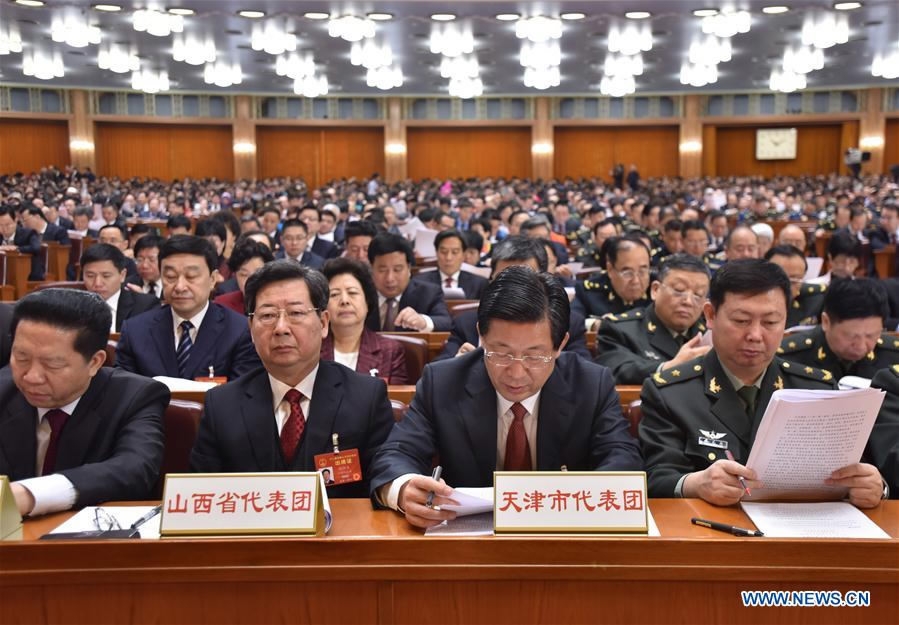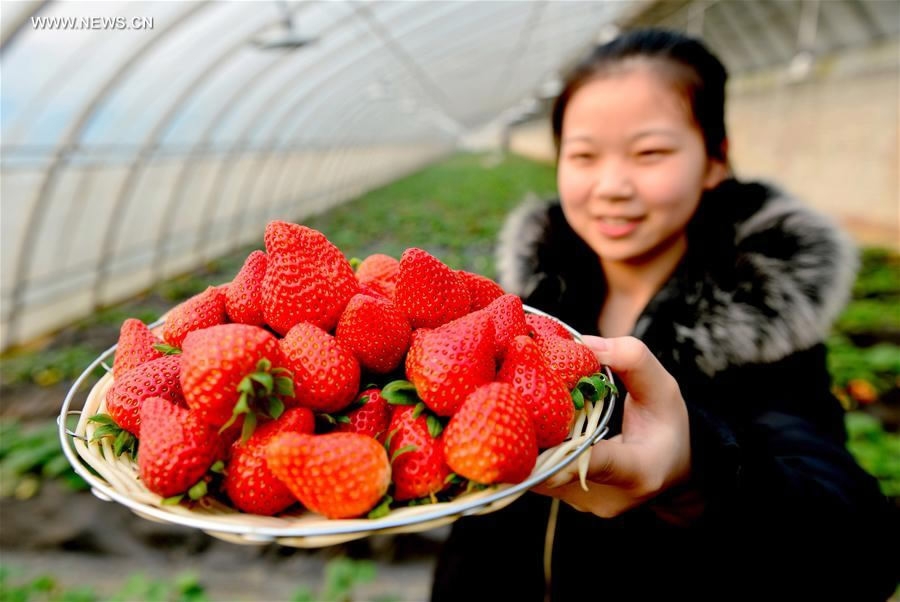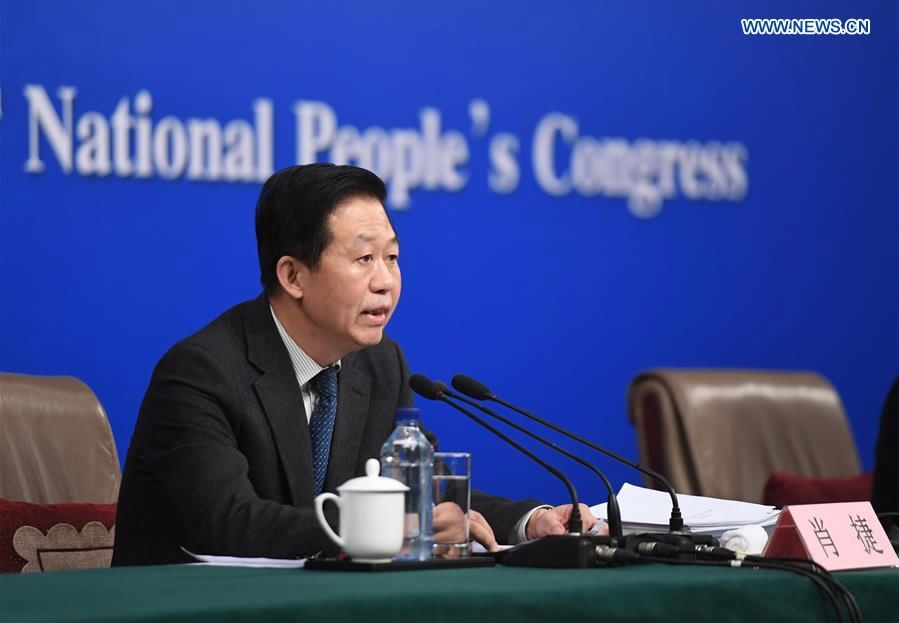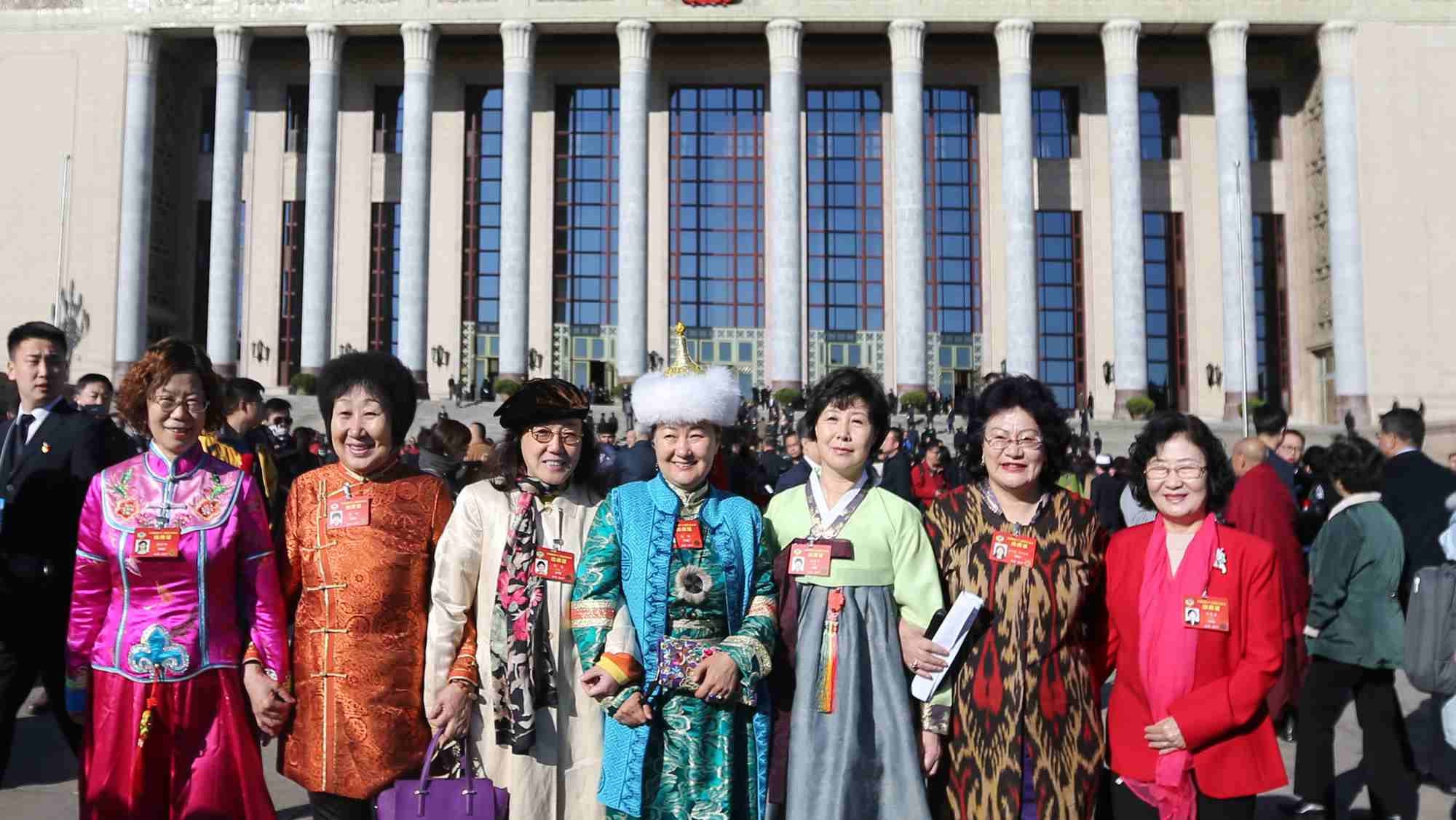Guest commentary by Li Yong
At last year’s Two Sessions, the five development concepts, namely: innovation, coordinated development, green growth, open economy and shared development, were written into China’s “13th Five-Year Plan” as the country’s guiding principles for economic development.
Since then, the five principles have been important in what economists call “supply-side structural reforms”, which is just technical language for how factories and manufacturers decide what to produce and how much of the product it should produce, with the market playing a bigger role. But looking into the future, how important will the five concepts be, and what role will they play in China’s development?
More than just being cheerleaders for the five great concepts, it is essential these principles are translated into feasible action plans across the board, all around the country, at different levels of local government and by each and every industry regulator.

Deputies to China's 12th National People's Congress (NPC) from Henan and Jiangxi provinces attend the opening meeting of the fifth session of the 12th NPC at the Great Hall of the People in Beijing, March 5, 2017. /Xinhua Photo
Deputies to China's 12th National People's Congress (NPC) from Henan and Jiangxi provinces attend the opening meeting of the fifth session of the 12th NPC at the Great Hall of the People in Beijing, March 5, 2017. /Xinhua Photo
INNOVATION
Each of these concepts needs to be properly understood and implemented with due diligence. Innovation, for example, has been identified as the driving force of future economic development, as well as of supply-side transformation, but it is easier said than done.
Innovation, in the context of supply side structural reform, is not just about innovating new products and services, science and technology, but also about other things that will have an impact on innovation, such as regulatory regimes and governance, which can either incentivize or disincentivize innovation.
An innovation-friendly business environment at the present stage is more important than innovation itself, and that requires an open and innovative mindset at the government level to create new (innovative) institutions, and to allow the market and competition to take care of the “supply” of innovations. With this, we can reasonably expect innovation-driven improvements in quality and efficiency of the supply system.
COORDINATED DEVELOPMENT
The second concept, coordinated development, is supposed to address the issue of imbalances, and it can cover almost every aspect of socioeconomic development. What is an appropriate balance requires an answer to the question of how balance can be achieved with both “vertical” and “horizontal” coordination, and in the context of costs and benefits. Again, these are just economic terms that are quite simple to understand.
“Vertical” coordination is all the processes from the start to the finish of producing a good. In food production for example, it would be from planting the seed to a customer finally having a nice meal at a restaurant.
“Horizontal” coordination, however, is improving things at a particular point of production. Again if we take a food example, this might be all the dairy farmers in an area working together at the milking stage of production when the final product is cheese.

A tourist shows strawberries picked in a greenhouse at an ecofarm in Shahe City, north China's Hebei Province, Feb. 19, 2017. In Shahe, 54 ecofarms has been established to boost the local economy. /Xinhua Photo
A tourist shows strawberries picked in a greenhouse at an ecofarm in Shahe City, north China's Hebei Province, Feb. 19, 2017. In Shahe, 54 ecofarms has been established to boost the local economy. /Xinhua Photo
Vertically, the challenge is how industrial activities are organized and resources are allocated for optimal development. Horizontally, coordinating development across different regions in different stages of economic development with different development targets is even more challenging.
Solutions need to be sought to resolve regional socioeconomic imbalances. What makes things even tougher is that in an increasingly globalized world, international coordination and cooperation is as important as domestic coordinated development.
GREEN GROWTH
Green growth points to a paradigmatic shift of the development model from quantity to quality. This has in effect raised the standards of supply-side reform. In defining the goals of reform and to ensure that green goals are going to be achieved, due consideration should be given to “green inputs” in the planning and implementation of reforms, and “green KPIs” (Key Performance Indicators) need to be established to evaluate the performances of local governments and authorities. Policies should also be designed to allow rational “plus and minus” calculations.

Chinese Minister of Finance Xiao Jie answers questions on the reform of fiscal and taxation systems and financial work at a press conference for the fifth session of the 12th National People's Congress in Beijing, March 7, 2017. /Xinhua Photo
Chinese Minister of Finance Xiao Jie answers questions on the reform of fiscal and taxation systems and financial work at a press conference for the fifth session of the 12th National People's Congress in Beijing, March 7, 2017. /Xinhua Photo
OPEN ECONOMY
The superstructure of the development concepts recognizes the role and importance of an open economy. The key tasks of maintaining an open economy whilst achieving domestic development objectives include efforts to create a more open and liberalized market environment supported by rule of law and market mechanisms. This requires continued efforts to raise the level of openness and improve market access, such as what has been done through the Free Trade Zone experiments.
Another key task is the establishment of a “win-win” model that will encourage the best use of domestic and international resources, and allow both domestic and international businesses to work together to create new engines of growth.
Efforts should also be made to come up with a game plan that conforms to international trade and investment rules, and facilitates deeper integration of the economy into global supply systems, as well as a level playing field for all to be contributors to the upgrading of China’s new position in the global supply chain.
SHARED DEVELOPMENT
Shared development is in a way the cornerstone of the five development concepts. It reflects China’s view of inclusive economic development—to make sure that the benefits of the development are shared and available to all. This is the underlying concept of human development. Shared development is seen beyond the borders of the country, and approached from the perspectives of improving global well-being. The Belt and Road Initiative is an example of China’s commitment to shared and inclusive development.
In his work report, Premier Li Keqiang reiterated the importance of the five development concepts in future economic development, and further efforts will be made down the road, “to pursue breakthroughs in innovation, devote more diligence to coordinated development, take concrete actions on green growth, capture the opportunities of the opening-up and achieve results in shared developments.
(Li Yong is senior research fellow at China Association of International Trade (CAIT), deputy secretary general and vice chairman at CAIT, co-chairing at the Center for US/Europe Economic and Strategic Studies. He is also an executive councilor at China Society of WTO Studies (CWTO) and a member of the Advisory Committee for Foreign Economic and Trade Policies at CWTO. The article reflects the author’s opinion, not necessarily the view of CGTN.)





